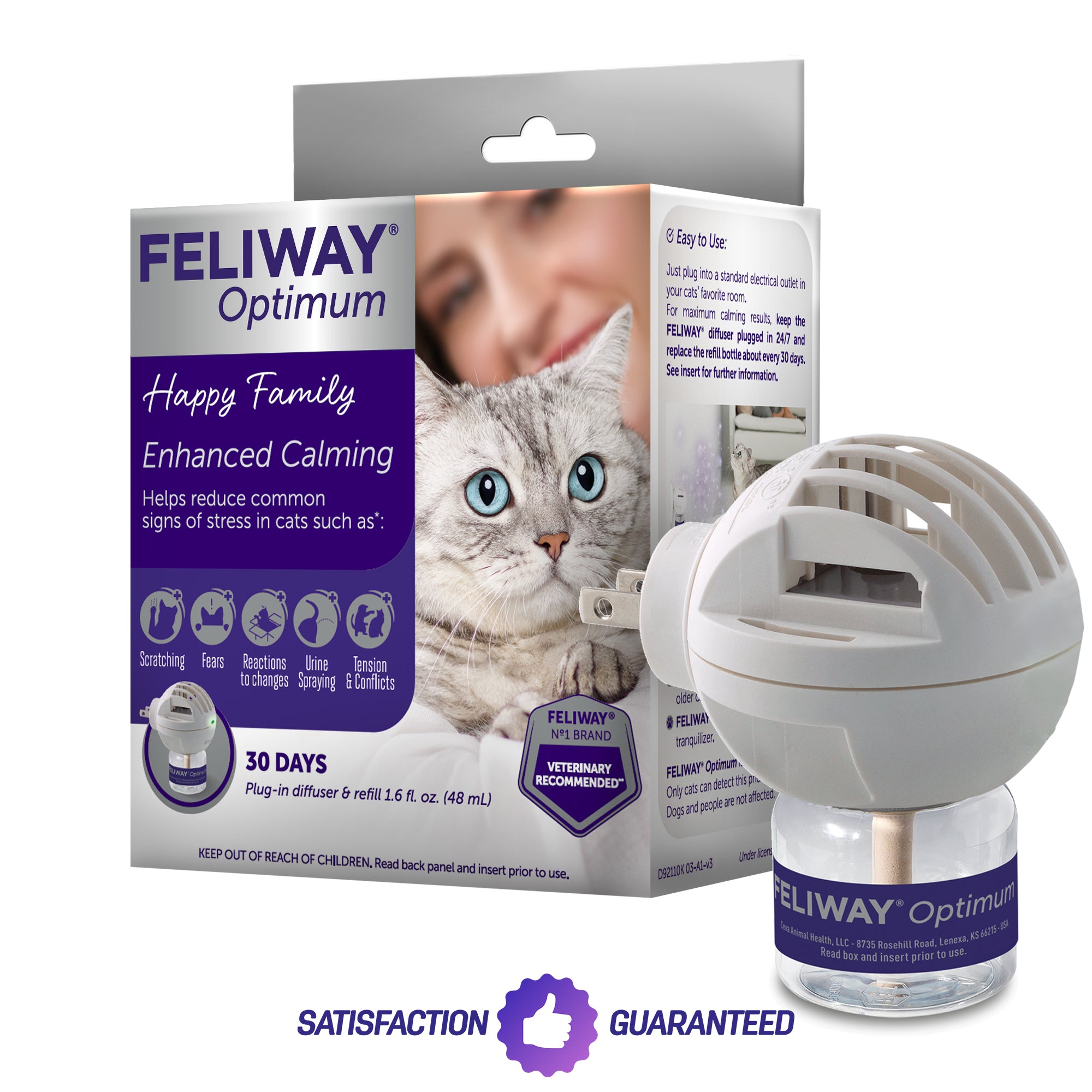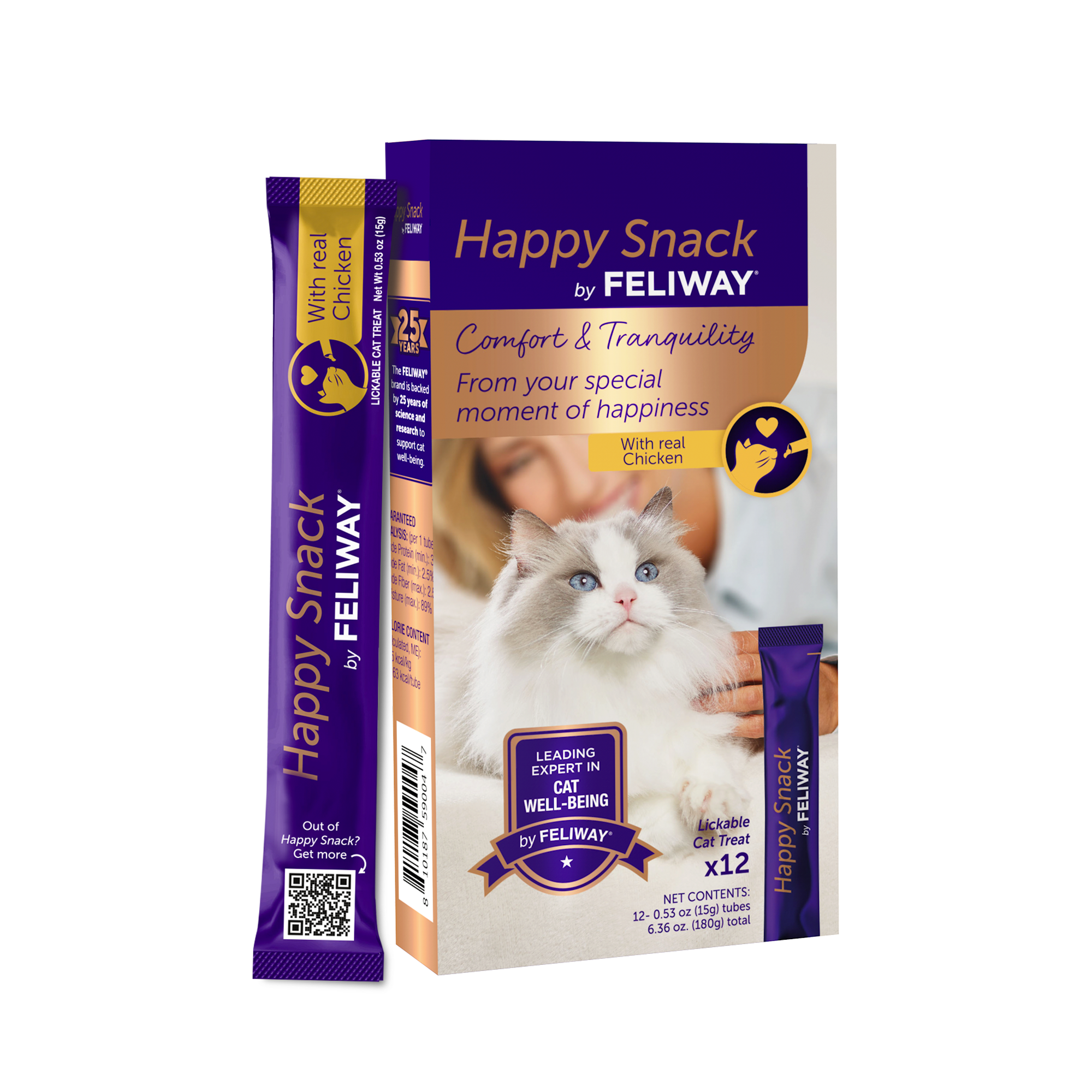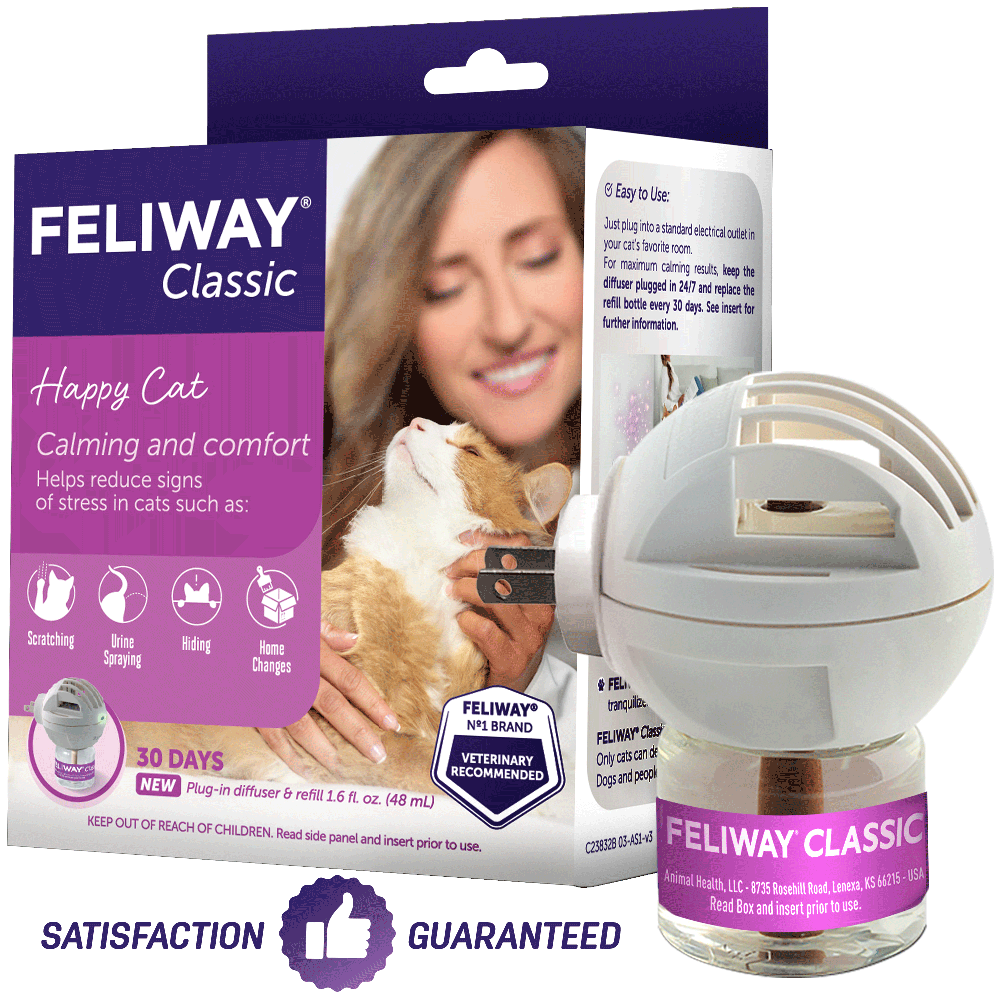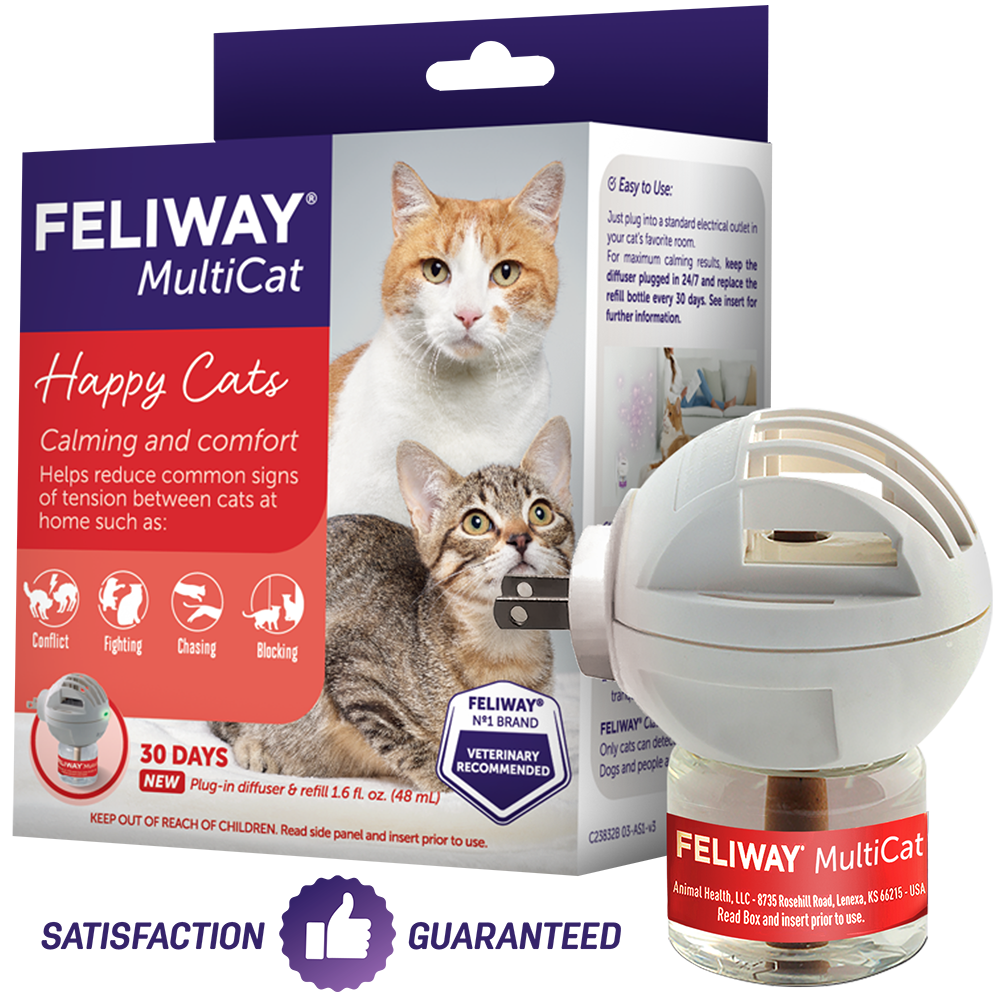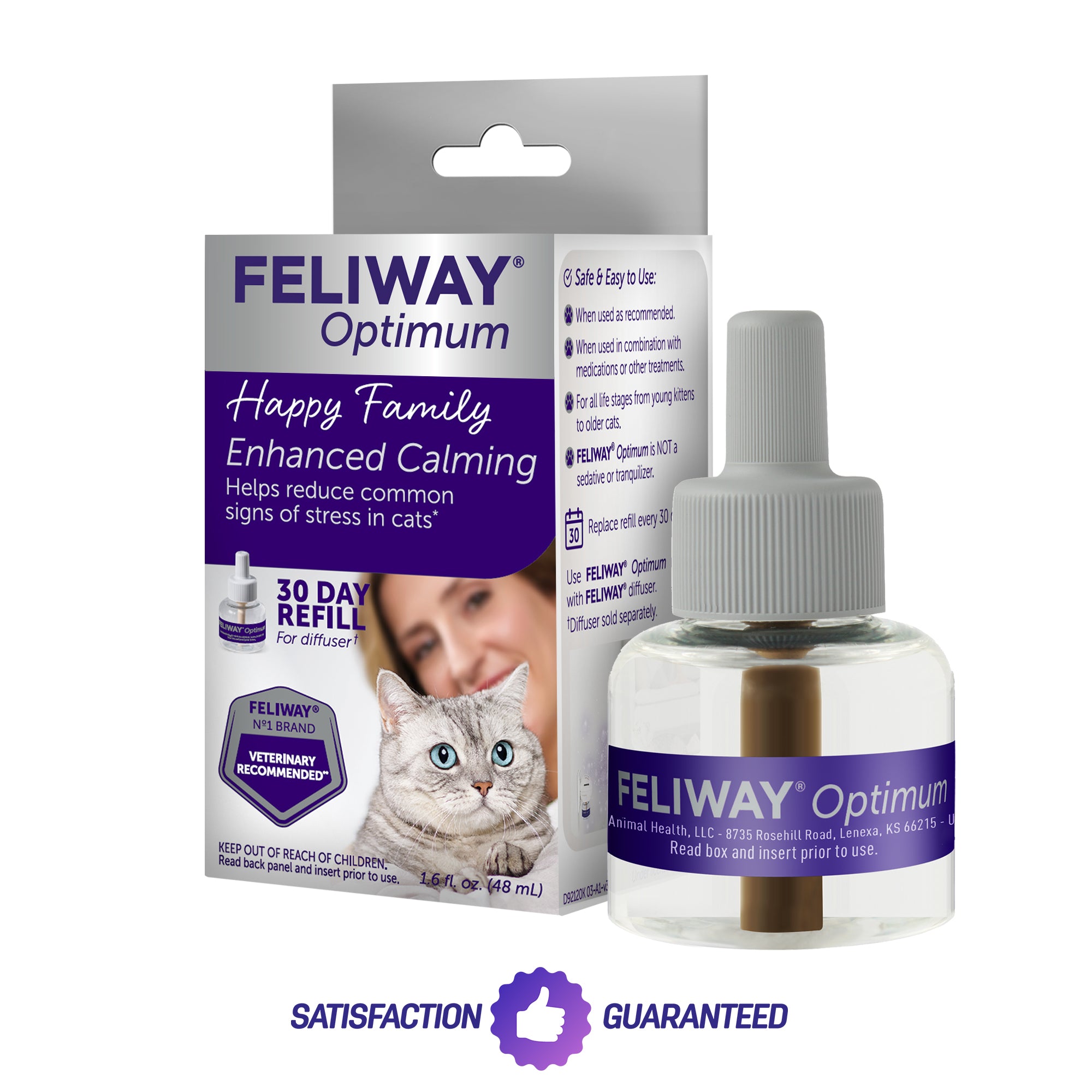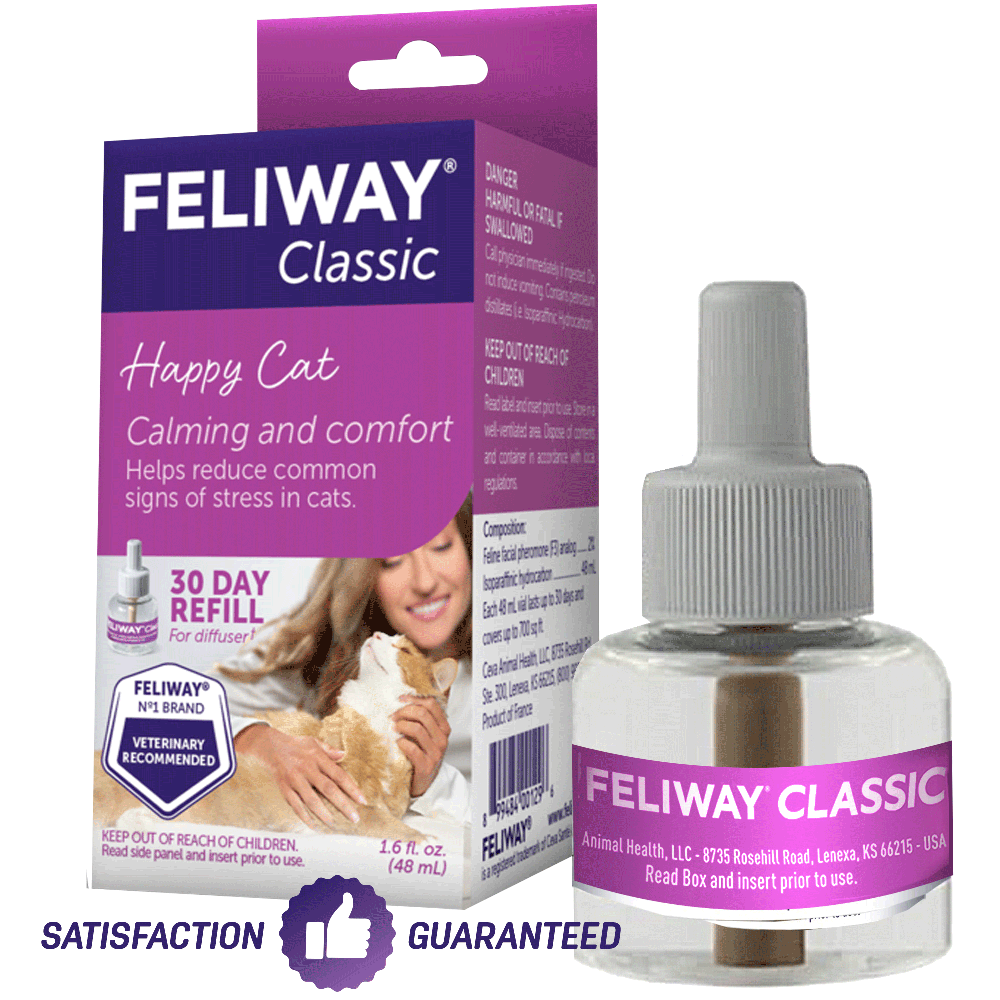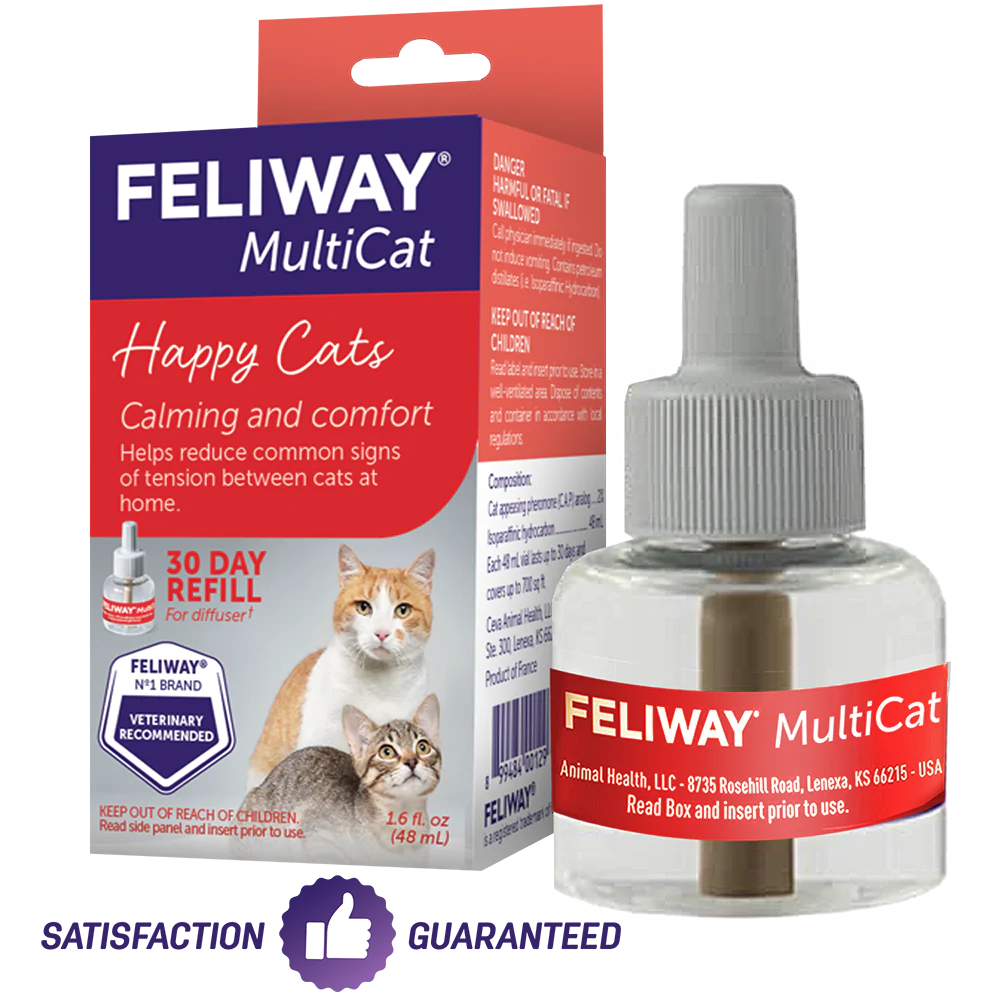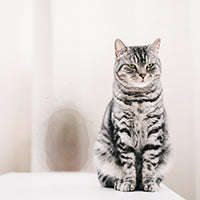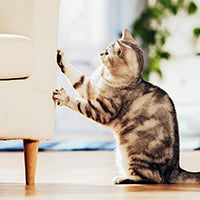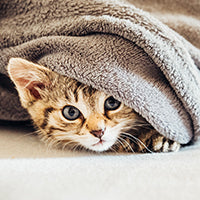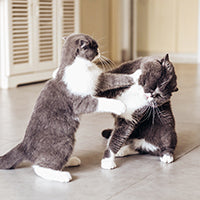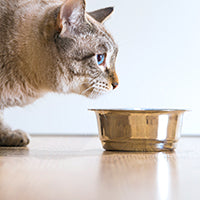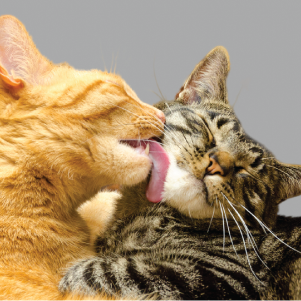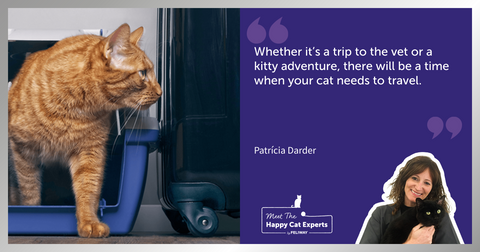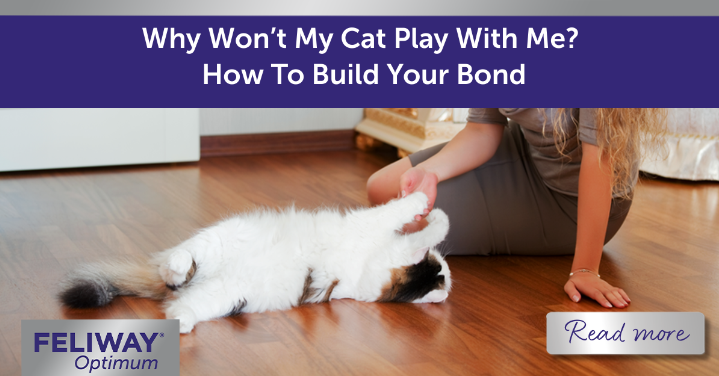
Why Won’t My Cat Play With Me? How To Build Your Bond
We’ve all heard it said: cats are shy, aloof creatures (wrong as this generalization may be!). Still, this knowledge doesn’t keep back the disappointment when our efforts to play are met with disinterested glances. Don’t give up hope; every cloud has a silver lining, as the saying goes.
Understanding why your cat might not want to play can give you something to work on and actually help you to strengthen your bond together. We’re taking a look at the importance of playtime with your cat, exploring potential reasons for their lack of interest, and looking at tools that encourage more playing.
Why is Playtime with Cats So Important?
Playtime for cats is often more than just a means of having fun. Engaging in play provides essential physical and mental stimulation, helping to relieve boredom and forming a big part of a cat’s well-being.
In part, this comes down to a cat’s natural hunting instincts. All cats have a natural drive to hunt that stems back to their wild ancestors. After all, when lunch comes scampering across your path, you need to be ready to pounce at any moment! For modern, domesticated cats, play can be a great outlet for this natural drive. Without it, they may become bored and seek other forms of entertainment such as destroying furniture or getting into trouble.

Why Won’t My Cat Play?
So, if cat play is so important, why do some cats not seem to want to take part? This can come down to several factors:
Disruption:
Cats are highly sensitive to their environment. If there’s been a disruption to their usual routine or in their surroundings, this can rapidly dampen their enthusiasm to play. FELIWAY® Optimum can be an effective solution in helping your cat adapt to change and rekindle that playful spark. Simply plug the diffuser into an electrical outlet in the room where your cat spends most of their time.
Boredom:
Like humans, cats can get bored with the same old toys and activities. Keep your cat’s interest piqued by rotating their toys and occasionally introducing new ones. These don’t need to be expensive; there are plenty of DIY cat toy options that can provide just as much entertainment! Try hiding toys in locations for your cat to find, or add scent to toys such as by placing them in a bag of catnip. You should also avoid leaving out toys that need your involvement. This can make them seem inactive and dull when you’re not around.

Lack of Interest:
Each cat has their individual preferences, and the reason your cat doesn’t want to play may simply be that you haven’t found their favorite toy yet. Spend a bit of time experimenting, and observing your cat’s body language and behavior while you try out new toys. Do they respond well to toys that make noises, that move unpredictably, or that can be carried? How about different fabrics and scents?
Different ideas for new toys can include balls, puzzle feeders, fishing rod toys, cat trees and towers, or even just a cardboard box (we told you they don’t all have to be expensive!). Avoid letting a kitten play with your fingers or feet as this cat behavior can become an issue as they grow older.
Also remember that if your cat is actively watching a toy, they’re still engaged in a game. This behavior is all part of their natural hunting instinct, so don’t end the game prematurely.
Illness:
A decrease in playfulness can sometimes indicate health issues. If you notice a sudden disinterest in play, along with other changes in your cat’s behavior like lethargy or decreased interaction, it’s important you consult a vet as soon as possible. They will be able to give your cat a full check and rule out any underlying medical conditions.

Building Your Bond Through Play
Encouraging playtime with your cat involves understanding and catering to your cat’s personality and natural behaviors. Here are a few tips to help build your bond together through cat play.
- Routine: Involving playtime into your routine can provide your cat with a sense of predictability and excitement. Choose times when your cat is naturally more active, typically at dawn and dusk.
- Short, Engaging Sessions: Cats are prone to short bursts of activity. Keep play sessions brief but engaging, ending on a high note with a favorite treat. This approach ensures play remains a positive activity that your cat can look forward to.
- Adapt to Your Cat’s Preferences: Pay attention to your cat’s behavior and preferences during play. Some cats might enjoy more vigorous activity, while others prefer gentle, laid-back games. Similarly, adapt play to suit their age and energy levels to keep them engaged and interested. As cats grow older, they may not be as mobile and energetic, but they’ll still enjoy gentle games that provide an outlet for their natural predatory drive.
- Interactive Toys and Games: Using interactive toys that mimic the movements of prey can also be an effective tool for engaging with cats. Unpredictable changes in direction, diving into hiding places, and moving along the edges of rooms can all catch a cat’s attention.
- Quality Time Together: Remember, playtime with cats is about more than just physical activity; it’s about bonding! Spending quality time with your cat will strengthen your relationship, making future play an enjoyable experience for both of you.
Are you interested in more tips to help you and your cat build your bond together, or simply want to know all about caring for your cat the best you can? Check out all our other blogs! You can also stay up to date with all the latest updates from FELIWAY® by signing up to our newsletter.
